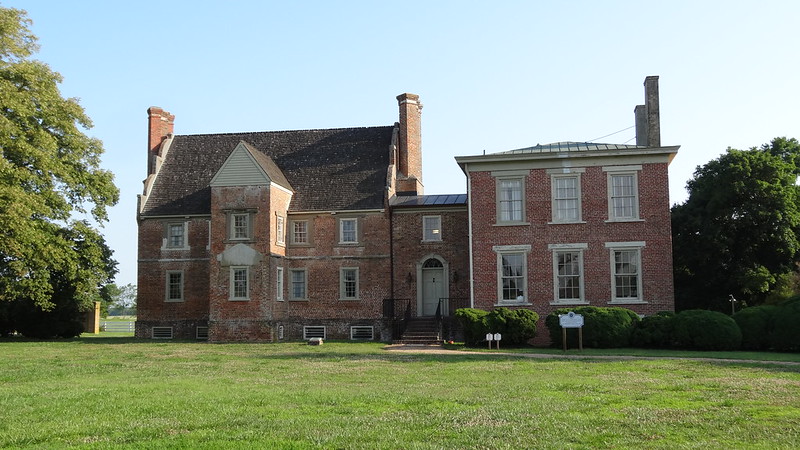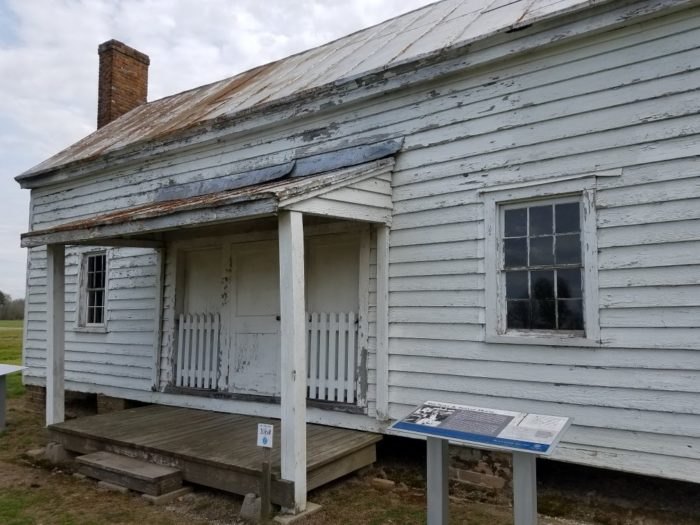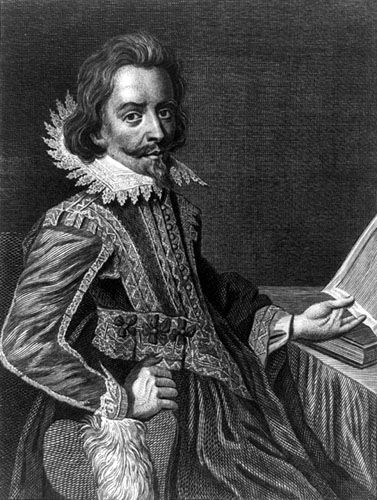Given its three century of turbulent history, paranormal happening are almost a guarantee. The most commonly sighted paranormal activity is the moving of objects. In particular, books have been spotted moving by itself across the rooms. Some have also been found opened and placed on the desk, as if someone had been reading it.

However, the most terrifying manifestation that ever happened at Bacon’s Castle is the disembodied head of an African-American woman. While it is not clear if such an incident had actually happened in Bacon’s Castle, former owners of the property are adamant that the apparition is real.
Bloodstains on the stairs, cries and disembodied voices were among several other unexplainable events reported by staffs and visitors of Bacon’s Castle. It is believed that the ongoing paranormal activities are the remnants of those who were killed during Governor Berkeley siege of Bacon’s Castle.
History of Bacon’s Castle
The history of Bacon Castle dates back to 1665 when it was built by merchant Arthur Allen and his wife Alice (Tucker) Allen. Also the Justice of the Peace of Surry County, Arthur Allen reportedly made his wealth in the planting and trading of tobacco. Hence, the house is also known as the “Arthur Allen House” or the “Allen’s Brick House”.
Constructed along the James River, the house was once one of the largest and grandest structure in America. The castle’s original Jacobean architecture is extremely rare in today’s Americas; the other structures known in the western hemisphere are the St. Nicholas Abbey and the Drax Hall Great Hall in Barbados.
The house was eventually passed to Arthur’s son, Arthur Allen II. A member of the Virginia’s House of Burgesses and one of the country’s top militia leader, Allen II was infamously known for his use of enslaved people in Virginia.
Slaves of Bacon
Slaves were an important part of the Allen family and Bacon’s Castle as they had helped to ensure the daily operation of the property. It is said that as many as 300 slaves were kept to oversee the maintenance of the castle and its surrounding land. In the early years of Bacon’s Castle when slaves numbered no more than 50, they lived in the attic of the main house.

Over the years, living quarters were constructed around the castle to house the slaves. However, most of them were subjected to inhumane conditions, often sleeping on stacks of hay or towel as their bed. Out of the eighteen living quarters built by the Allen family, only one remains; the remaining structures were destroyed by the past owners after the Civil War to avoid paying any taxes on it.
The Infamous 1676 Bacon’s Rebellion
Yet, it is the infamous Bacon’s Rebellion in September 1676 that had made historic castle one of the most iconic landmark in Virginia.
Disgruntled by Colonial Governor William Berkeley handling of the state’s infrastructure and way of dealing with the Native Americans, Nathaniel Bacon and his group of discontented traders attacked native tribes in Virginia and initiated a revolt against Governor Berkeley. During the rebellion, a group of about 70 of Bacon’s followers stormed into the castle and fortified it in preparation of a battle against Governor Berkeley.

However, the armed rebellion against the colonial government did not last long. In January 1677, two months after the death of Bacon (from dysentery), Governor Berkley seized control of major rebellion stronghold including Bacon Castle and returned to power. The infamous siege of the castle led to its famous moniker “Bacon’s Castle” even though Nathaniel Bacon had never stayed or lived in it.
Over its 350 years of history, the castle changed hands several times. In 1844, John Henry Hankins purchased the property and built a Neoclassical-style extension to the original brick home. The house was eventually sold to William Allen Warren in the 1870s. He and his descendants owned the property till 1973.
Preservation of the Castle
In 1974, Preservation Virginia acquired the castle for $185,000 and conducted an extensive restoration on the property. Now an official Preservation Virginia historic site, Bacon’s Castle holds the claim for being the oldest documented brick house in the country; in fact, the castle predates the founding of United States which occurred in 1776.
The historic building—a listee on the National Register of Historic Places—now functions as a house museum and is open to the public for visitation. Guests can go on a guided tour of the property and peek into the turbulent history of the oldest homes in Virginia. You may reserve your admission tickets to Bacon’s Castle here.
